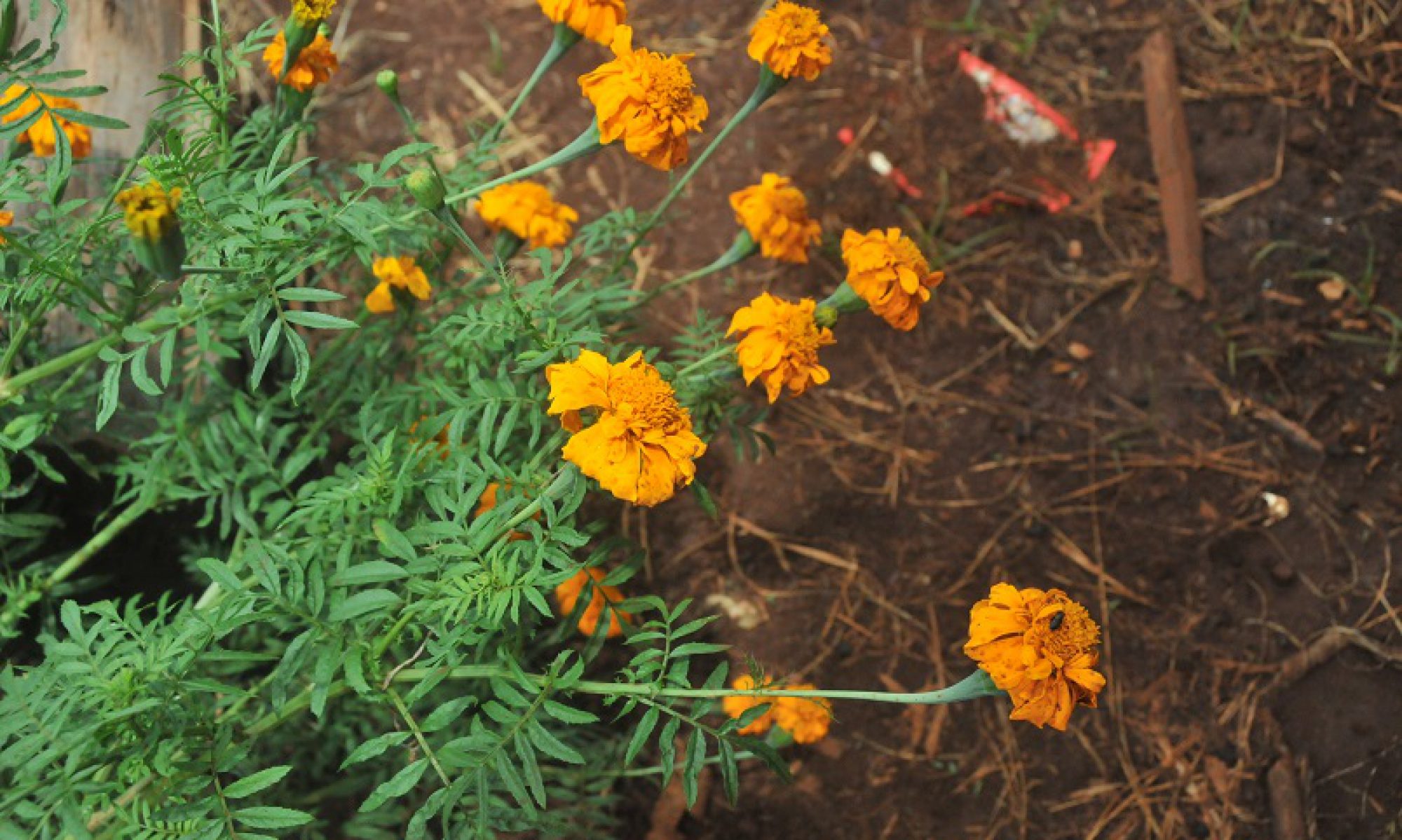In this project, students were asked to choose a conservation issue in Cambodia of their choice and to write a conservation report for it. This can be a habitat/ecosystem or species. I decided to choose Siamese crocodile because it is now one of the critically endangered species, with only 300 variable wild individual worldwide. As Cambodia has the most purebred individuals, the conservation activities of this country can significantly affect the reintroductions of this species to its habitat, especially Vietnam and Thailand (and maybe Indonesia as well) where this species had become extinct.
Conservation Report
Crocodylus Siamensis: Siamese Crocodile
Crocodylus Siamensis also known as Siamese crocodile is one of the four most threatened crocodile species in the world. Since 1982, Siamese crocodile became an endangered species, and in 1996, this species was accorded as the International Union for Conservation of Nature Red List with the status of “Critically Endangered.” Currently, there is approximately 300 wild, adult Siamese crocodiles remain worldwide, which means that 99% had extinct from its initial population, mostly due to habitat loss and being hunted. This species has become extinct in two of its five native countries, Vietnam and Thailand. Even though the status of this species in Indonesia is unclear, there is a high probability that the species was extirpated. However there are a few of the adult populations in Laos, and the country with the most viable Siamese crocodile population is Cambodia, approximately less than 250 adult Siamese crocodiles.
Like other crocodile species, the Siamese crocodile has a large range within its ecological niche in term of food; it feeds on a wide variety of prey such as invertebrates, frogs, reptiles, birds and mammals, including carrion. This species, is an inhabitant of freshwater, including: slow-moving rivers and streams, lakes, seasonal oxbow lakes, marshes, and swamplands. As Siamese crocodiles is an apex predator within the freshwater ecosystem, especially in Cambodia, it also plays a role of a keystone species. Siamese crocodiles play an important role in maintaining the balance fish populations within the freshwater, its consumption on predatory fish allows small fish populations to increase. For Cambodians, those small fish populations are the primary food source for the local residents within the ecosystem.
This species is widespread in the wetlands and freshwater ecosystems in Southeast Asia, but due to habitat loss and commercial harvesting. Although, nearly all extinct, still around 60000 Siamese crocodiles are being commercially harvested to make leather products: bags, shoes, accessories, and decorations. For many countries, it is illegal to raise Siamese crocodiles without a license, and furthermore, it is also illegal to do any trades on the species. Countries such as the United States and nations of the European Unions banned the market of all Siamese crocodile-leather products, therefore, the main market for such products is only in the Asian countries.
Initially, in Cambodia, the decrease of the Siamese crocodile population started with human modification of wetlands and waterway. However, within this past few decades the population has drastically declined as the collection of eggs, young and adults Siamese crocodiles increase; which either use for illegal farming and raising of crocodiles or overseas trading. With the population of only 300 wild crocodiles left, there isn’t a lot of variation within the genetics of the species. Action such as hybrid-ing and farming crocodiles only worsen the situation because of hybrid crocodiles becoming feral and contaminating the wild stocks.
With the most viable wild Siamese crocodile population, Cambodia is believed to be the place with the most conservation opportunities. Fauna and Flora International created sanctuaries and trained wildlife officers to protect the natural habitat of Siamese crocodiles, as well as starting a captive breeding program in 2009 after discovering 35 purebred Siamese crocodiles in a local wildlife rescue center. Cambodian Crocodile Conservation Programme was established by the FFI in 2012, a program to release the purebred Siamese crocodiles into the suitable habitat. In addition, CCCP also works on improving the livelihood of local residents within the areas in which the Siamese crocodiles reinstating, to assure that the crocodiles have enough food sources and to prevent the local residents from hunting down the species.
Restoring the Siamese crocodile population in the wild is a challenge, even though CCCP intend to establish a population of 1,000 crocodiles in the wild by 2020, which is over three hundred times its size; there are many issues that need to take into consideration such as the habitat loss and the threat of commercial harvesting. The next possible strategy that Cambodia can take for conserving Siamese crocodiles is to strengthen the laws regarding the hunting of Siamese crocodiles, as well as the farming of Siamese crocodiles.
Works Cited
“Conserving Siamese Crocodiles in Cambodia.” Fauna & Flora International, www.fauna-flora.org/projects/conserving-siamese-crocodiles-cambodia.
“Nearly 400 Rare Baby Crocodiles Saved from Becoming Purses.” National Geographic, National Geographic Society, 7 Aug. 2016, news.nationalgeographic.com/2016/08/wildlife-baby-crocodiles-saved-leather-china/.
“Post Navigation.” Restore Our Planet – Charity Providing Support for Natural Habitats, the Environment and Endangered Species, restoreourplanet.org/worldwide-project/cambodian-crocodile-conservation-programme/.
“Saving Wildlife Siamese Crocodile.” WCS Lao PDR, laos.wcs.org/Saving-Wildlife/Siamese-Crocodile.aspx.
“The New.” Rhinoceros Sondaicus (Javan Rhinoceros), www.iucnredlist.org/details/5671/0.
“Siamese Crocodile Conservation in Cambodia.” Cambodia Siamese Crocodile Report, Siamese Crocodile Conservation in Cambodia IUCN/ SSC Crocodile Specialist Group Siamese Crocodile Working Group, May 2004: https://www.researchgate.net/profile/Jennifer_Daltry/publication/261109486_Siamese_Crocodile_Conservation_in_Cambodia/data/0c9605333efdd2a3d3000000/Cambodia-Crocodile-Review-2004-for-CSG.pdf
“Siamese Crocodile Crocodylus siamensis” Boyd K. Simpson1 and Mark R. Bezuijen: https://www.iucncsg.org/365_docs/attachments/protarea/20_C-637b6a34.pdf
